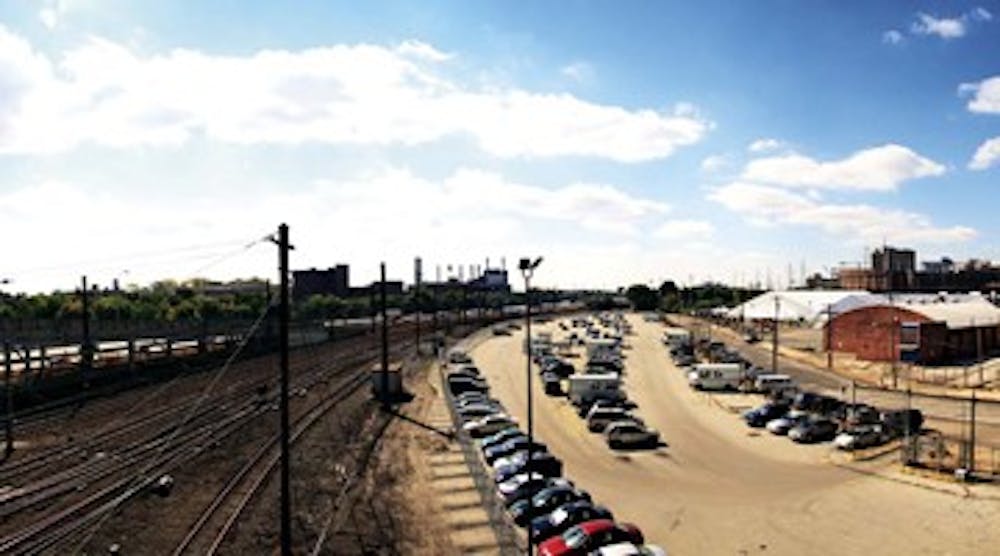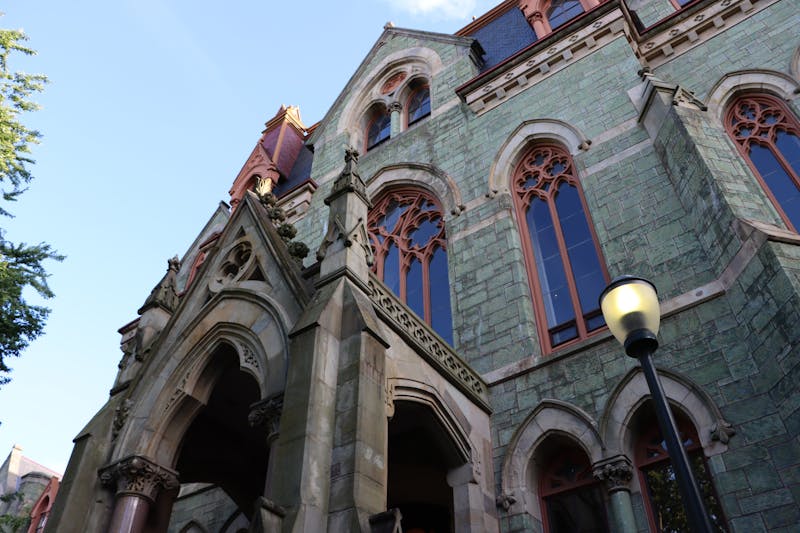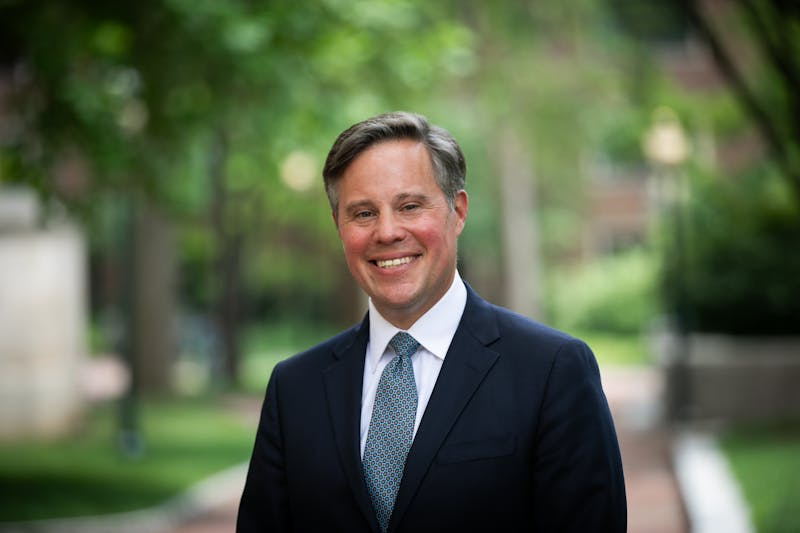
Campus is growing. But how big is too big for students to get around on foot?
The addition of the postal lands to campus will increase the length of campus by several blocks, but University officials are working to ensure that getting to the new parts of campus will be relatively easy - and maybe even enjoyable.
The main goal is to keep Penn a pedestrian campus by extending the Locust Walk feel down to the postal lands, though shuttles may be considered once a need can actually be assessed, administrators say.
College Green is roughly the same distance from 40th Street as it is from the end of the postal lands - about a 10-minute walk both ways.
"It's really not as far physically as it seems," said Mark Kocent, the principal planner for Facilities and Real Estate Services.
The academic core of campus will remain in and around College Green, while the postal lands will feature recreational facilities and administrative offices.
Therefore, the extension of campus will not have an impact on students' ability to get between classes, which should still only take 10 minutes, Kocent said.
At this point, administrators have not ruled out the idea of campus bus shuttles, though the hope is to keep Penn as pedestrian as possible. The purpose and schedule of any shuttles would have to be determined once the land is in use.
"The commitment is to making a pedestrian-oriented connection," Facilities spokesman Tony Sorrentino said.
To make the pedestrian experience on campus as pleasant as possible, officials plan to extend the cobblestone and brick-style walkway and plant trees to create a less "barren and inhospitable" atmosphere, he said.
Currently, Locust Walk extends from 40th Street to 34th Street. Smith Walk, which is already similar in style to Locust Walk, runs through the Engineering campus from 34th Street to 33rd Street.
The next expanse of pedestrian walk, tentatively called Franklin Promenade, will pick up at 33rd Street and run between where Franklin Field and the tennis courts now stand.
Currently, McLeary Bridge extends over the SEPTA train tracks to Bower Field. This bridge will likely be replaced with a new staircase-style bridge leading in from Franklin Promenade, providing access to the Postal Lands.
"Essentially, it extends the Locust Walk quality of life all the way to the new land," Kocent said.
Such an extension is possible because the postal lands are contiguous with campus, Sorrentino noted, while other campuses are too spread out to be easily walkable.
At Duke University, for example, shuttles are a part of daily life for students who must get between the two distinct sections of campus, East Campus and West Campus, which are separated by a mile-long road.
Without that separation, though, Duke would prefer to do without a large transit system because universities generally like to make campuses pedestrian-friendly, said Chuck Catotti, acting director of Parking and Transportation Services at Duke.
Even without shuttles, administrators say the current use of facilities that already exist prove that the Postal Lands aren't as far as they seem.
High Line Park, located on the lower level of Walnut Street to the west of the WXPN building, is used on a nightly basis by athletic teams like ultimate frisbee, soccer and rugby.
"There is already a demonstrated pattern of people coming down to this side of campus," Sorrentino said.
Students who live on the western end of campus agree that, though the land seems far, the planned facilities will make the walk worth it.
As a member of the club hockey team, Wharton senior Paul Marx already has to walk to the Class of 1923 Ice Rink, near High Line Park, on a regular basis from his house at 40th and Chancellor streets.
"I don't think it would be that bad," he said. "Students will just have to plan the time to go down there."
About this series: This four-part series examines the outcomes and effects of the future campus expansion.
The Daily Pennsylvanian is an independent, student-run newspaper. Please consider making a donation to support the coverage that shapes the University. Your generosity ensures a future of strong journalism at Penn.
DonatePlease note All comments are eligible for publication in The Daily Pennsylvanian.







